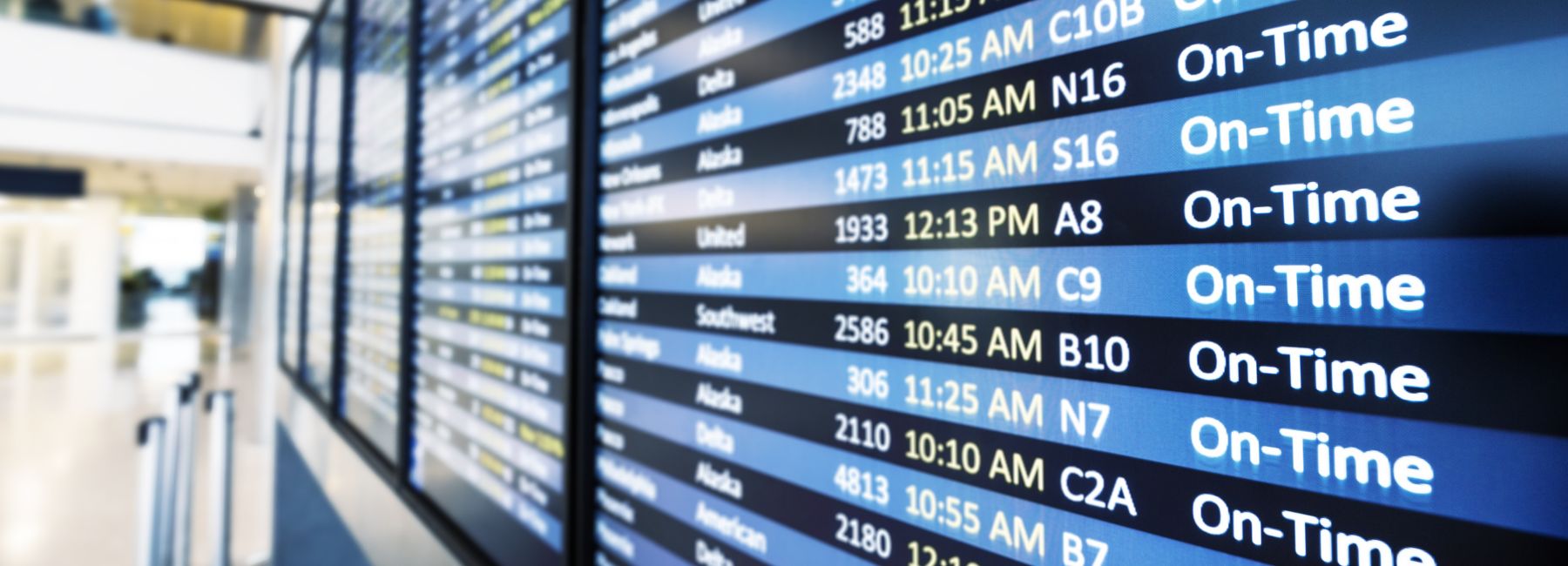International travel is returning. As governments reopen their borders, they are looking to use touchless technology, such as facial recognition and Iris scanners, to create a safe and smooth way for travelers to cross their borders again. Advances in biometrics, the melding of health and immigration data, and the increasing adoption of digital identities, along with analytics, all will have a role to play as countries put new travel measures in place to prevent the international transmission of dangerous infectious diseases.
Governments globally are keen to revive their economies. Business trade and tourist travel are essential for many. Smart border control technology can enable a seamless, touchless and document-free travel experience, while helping countries contain the spread of viruses.
There are many opportunities in implementing state-of-the art border control systems to both enhance security and maximize efficiency. For instance, border control officers can use biometric systems to verify travelers’ identities, rather than go through the manual processes of passport-stamping and body searches.
Some countries are already moving in this direction:
- In the United States, the new Simplified Arrival Process at selected airports allows travelers to verify their identity through facial biometrics, automating the previous manual document checks required to enter the country.
- In Uruguay, Easy Airport at the Carrasco International Airport provides a speedy and almost contactless way for passengers to pass through immigration, including self-service eGates that use facial recognition to compare the facial image from passports against a live captured image.
- In Aruba, the Happy Flow program piloted at the Aruba International Airport enables passengers to create a temporary virtual identity after they present their travel documents at check-in. Once their information is logged, facial recognition technology is used to verify their identities through self-service touchpoints.
Seamless border control has much wider implications for the future of travel. Citizens will be able to travel without a passport, as airports verify their identity with biometrics and digital systems. The biometric and digital identity systems can then be integrated into financial services, healthcare and public services to bring convenience to citizens and businesses alike.
Getting smart border controls right
There are challenges to overhauling existing border control systems.
Governments’ data management practices will need to be able to keep pace with technology shifts as the level of personally identifiable information that authorities capture and store increases.
They also must understand their responsibilities when it comes to data storage and handling, ensuring that their data collection process aligns with national and international data protection guidelines. For instance, the European Union (EU) protects citizens’ and long-term residents’ biometric data through the General Data Protection Regulation (GDPR), and it cannot be shared without the explicit consent of the data subject.
Biometrics often brings with it sticky privacy concerns, since the information is incredibly sensitive. But according to the International Air Transport Association’s 2021 Global Passenger Survey, passengers said they are willing to share biometric data and immigration information if it improves border clearance processes.
Security is of course paramount. Immigration officers must use their tools to make the right decisions. Systemic changes will need to be carefully calibrated and unexpected scenarios accounted for. DXC Technology’s Digital Innovation Lab joined forces with one of the busiest checkpoint areas in Asia to create a digital simulation of the checkpoint that let agents model different scenarios on the ground, adjusting variables such as inspection duration, vehicle type and even weather conditions to understand and plan for a number possibilities.
Data as a border security asset
Used properly, data has the power to predict threats and help border officials make more informed decisions.
Governments can use the data they already have for better risk assessment. One country discovered a drug smuggling operation by identifying a suspicious pattern of 20 alleged students who left the country up to 8 times during a three-month semester.
Another country is now able to predict the possibility of vehicles carrying illegal contraband or doing human trafficking before they stop for screening with software that collects data on vehicles through thermal cameras or by scanning their license places.
Data analytics combined with image recognition technology can help with risk profiling and assessment for identifying false passports. Equipped with the technology, officials can identify subtle and hard-to-detect differences in fonts or how documents are printed to identify fraudulent ones.
Gain more insight into how government authorities around the world are exploring the use of advanced technology for secure and seamless travel experiences. Read the Guide to Smart Border Control, from GovInsider in partnership with DXC Technology.
